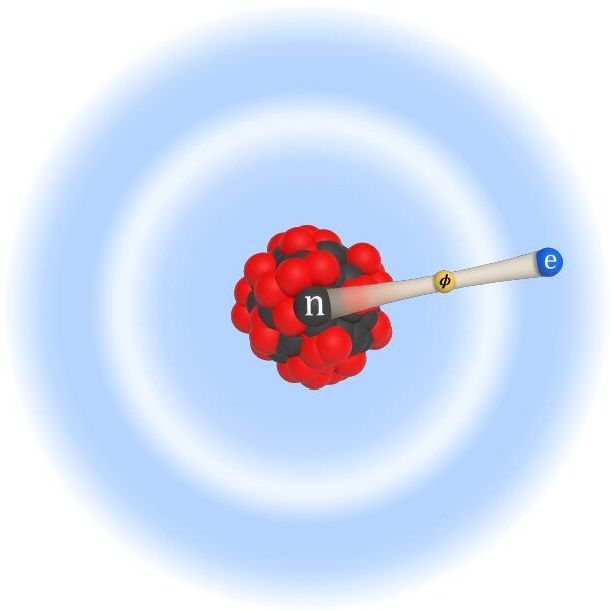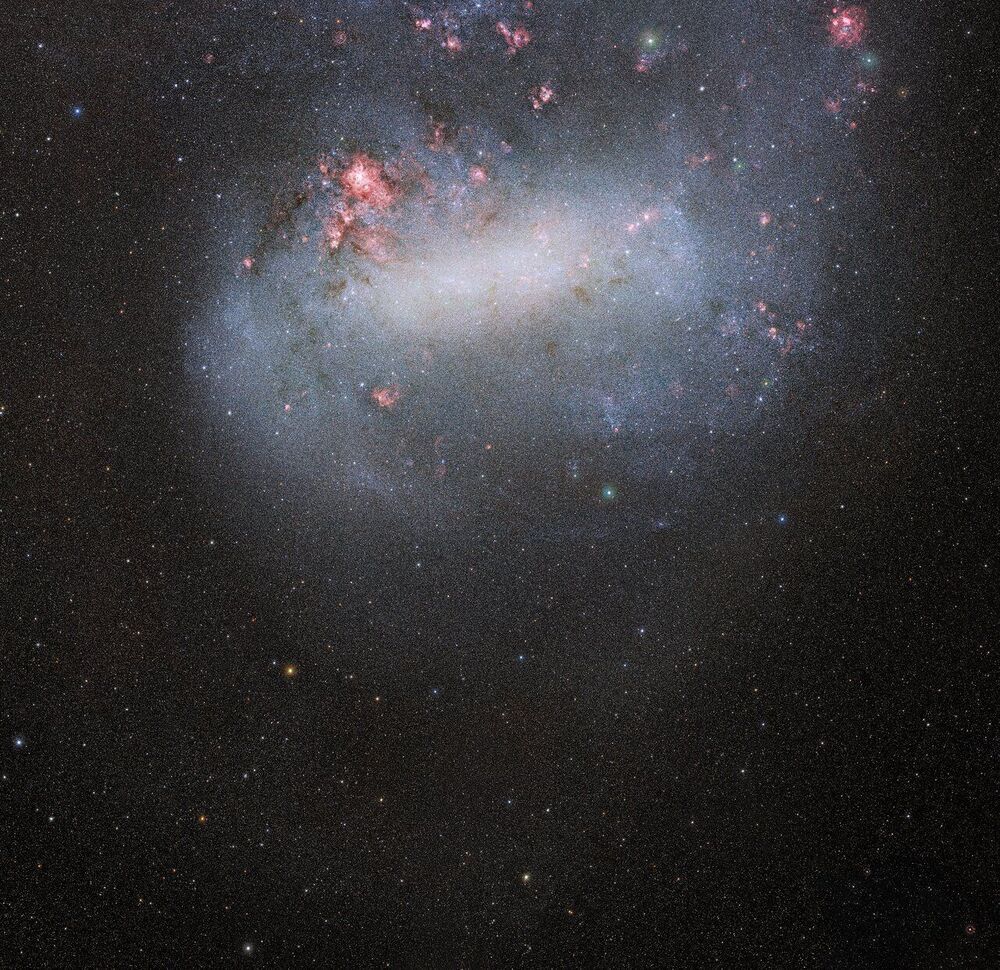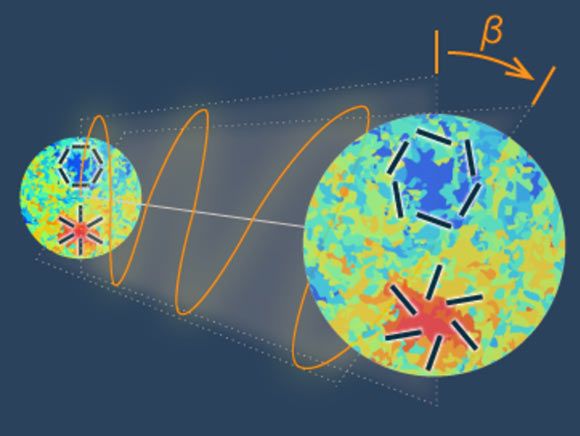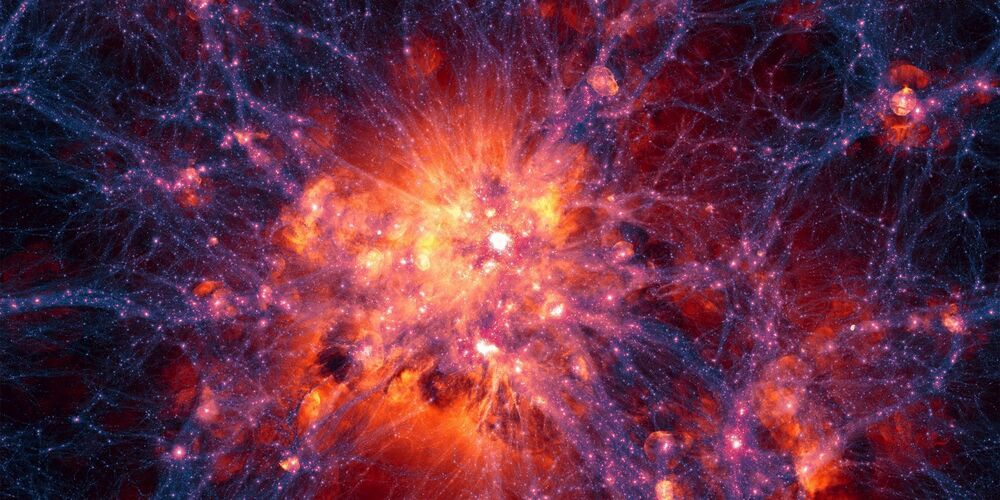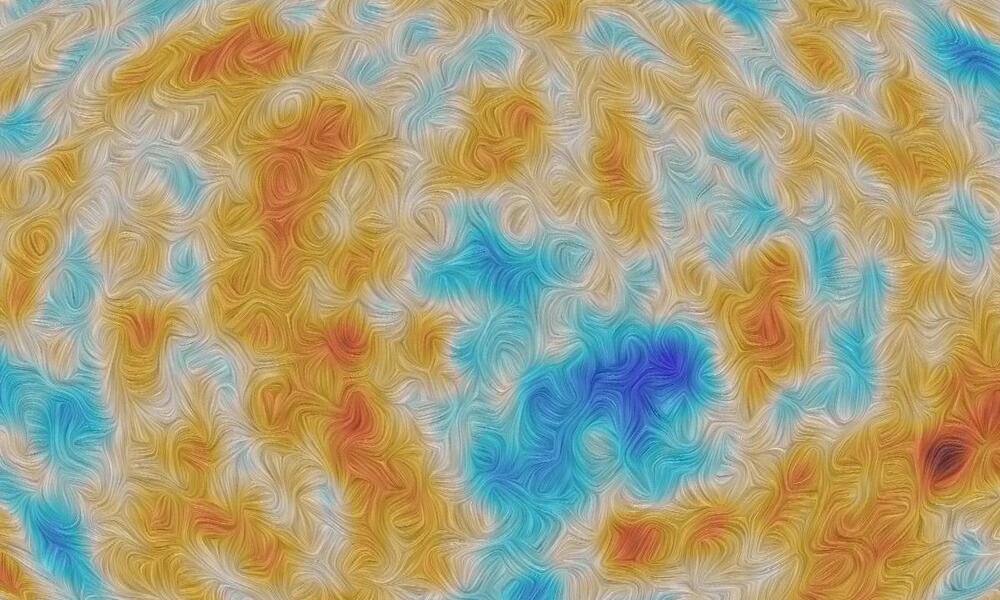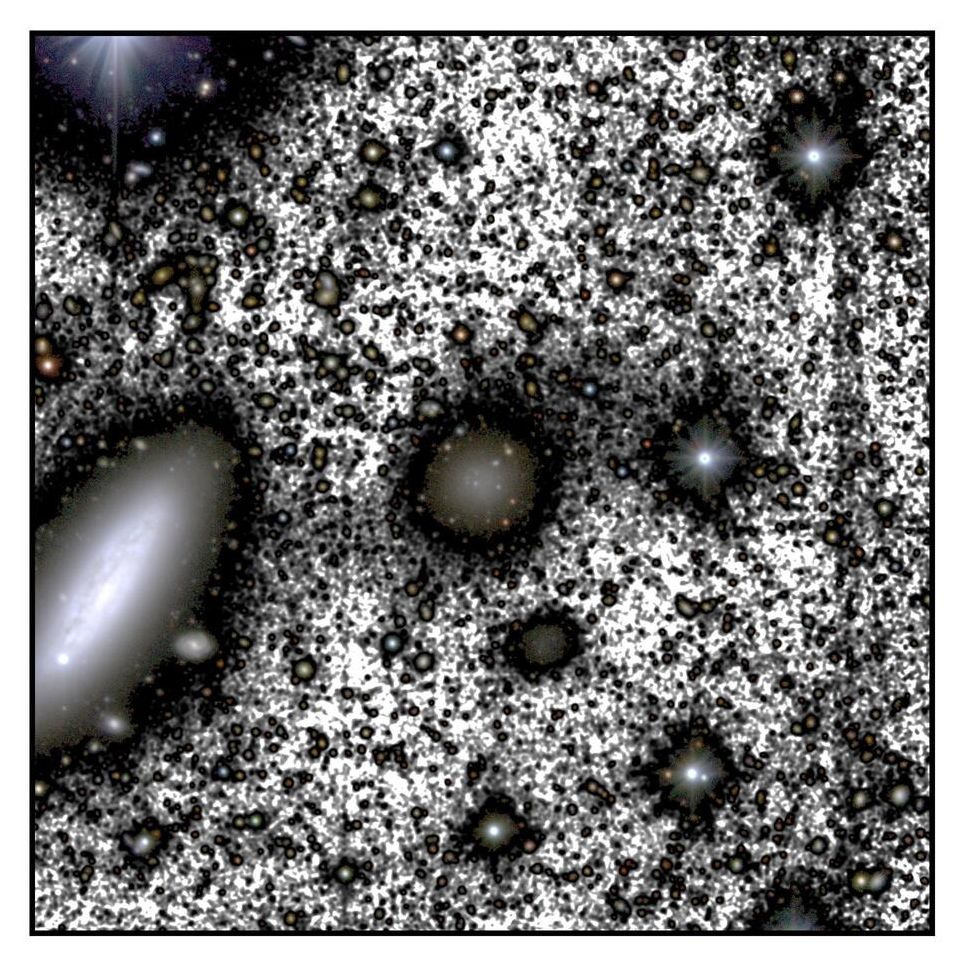A new survey of our galaxy by astronomers with VERA in Japan has shown that Earth is both moving faster and is closer to the supermassive black hole at the center of our galaxy than previously thought. But don’t worry, our planet is safe!
Category: cosmology – Page 281
Extremely light and weakly interacting particles may play a crucial role in cosmology and in the ongoing search for dark matter. Unfortunately, however, these particles have so far proved very difficult to detect using existing high-energy colliders. Researchers worldwide have thus been trying to develop alternative technologies and methods that could enable the detection of these particles.
Over the past few years, collaborations between particle and atomic physicists working at different institutes worldwide have led to the development of a new technique that could be used to detect interactions between very light bosons and neutrons or electrons. Light bosons, in fact, should change the energy levels of electrons in atoms and ions, a change that could be detectable using the technique proposed by these teams of researchers.
Using this method, two different research groups (one at Aarhus University in Denmark and the other at Massachusetts Institute of Technology) recently performed experiments aimed at gathering hints of the existence of dark bosons, elusive particles that are among the most promising dark matter candidates or mediators to a dark sector. Their findings, published in Physical Review Letters, could have important implications for future dark matter experiments.
An antimatter laser can turn matter in the black hole into energy.
Invisible object has two companion stars visible to the naked eye.
A team of astronomers from the European Southern Observatory (ESO) and other institutes has discovered a black hole lying just 1000 light-years from Earth. The black hole is closer to our Solar System than any other found to date and forms part of a triple system that can be seen with the naked eye. The team found evidence for the invisible object by tracking its two companion stars using the MPG/ESO 2.2-metre telescope at ESO’s La Silla Observatory in Chile. They say this system could just be the tip of the iceberg, as many more similar black holes could be found in the future.
Images from the Survey of the MAgellanic Stellar History (SMASH) reveal a striking family portrait of our galactic neighbors—the Large and Small Magellanic Clouds. The images represent a portion of the second data release from the deepest, most extensive survey of the Magellanic Clouds. The observations consist of roughly 4 billion measurements of 360 million objects.
A sprawling portrait of two astronomical galactic neighbors presents a new perspective on the swirls of stars, gas, and dust making up the nearby dwarf galaxies known as the Large and Small Magellanic Clouds—a pair of dwarf satellite galaxies to our Milky Way. While this isn’t the first survey to map these nearby cosmic siblings—the Survey of the MAgellanic Stellar History (SMASH) is the most extensive survey yet.
The international team of astronomers responsible for the observations used the 520-megapixel high-performance Dark Energy Camera (DECam) on the Víctor M. Blanco 4-meter Telescope at the Cerro Tololo Inter-American Observatory (CTIO) in Chile. These data are now available to astronomers worldwide through Astro Data Lab at NOIRLab’s Community Science and Data Center (CSDC). CTIO and CSDC are both Programs of NSF’s NOIRLab.
You can’t see it. You can’t feel it. But the substance scientists refer to as dark matter could account for five times as much “stuff” in the universe as the regular matter that forms everything from trees, trains and the air you breathe, to stars, planets and interstellar dust clouds.
Though scientists see the signature of dark matter indirectly in the way large objects orbit one another—particularly how stars swirl around the centers of spiral galaxies—no one knows yet what comprises this substance. One of the candidates is a Z’ boson, a fundamental particle that has been theorized to exist but never detected.
A new proposed experiment could help scientists determine whether Z’ bosons are real, in that way identifying a possible candidate for dark matter. To accomplish this task, researchers from the National Institute of Standards and Technology (NIST), the University of Groningen in the Netherlands, the Canadian particle accelerator center TRIUMF and other collaborators are working to make the most accurate measurements to date of a nuclear property that is extremely difficult to measure, called nuclear spin-dependent parity violation (NSD-PV).
Using the polarization data from ESA’s Planck satellite, a mission that have studied the Cosmic Microwave Background (CMB), the oldest light in the Universe, a duo of astrophysicists has uncovered intriguing signs of new physics beyond the Standard Model of elementary particles and fields.
Astronomers have to be extra clever to map out the invisible dark matter in the universe. Recently, a team of researchers have improved an existing technique, making it up to ten times better at seeing in the dark.
Dark matter is frustratingly difficult to measure. It’s completely invisible: it simply doesn’t interact with light (or normal matter) in any way, shape, or form. But we know that dark matter exists because of its gravitational influence on everything around it – including the normal matter that makes up stars and galaxies.
As an example of this, take a look at gravitational lensing. A massive object, whether made of dark or normal matter, will bend the path of any light that passes close by. It’s usually an incredibly tiny effect, but definitely measurable. We can see lensing of starlight around the sun, for example, which is how we knew that Einstein’s theory of general relativity must be correct.
Distant light from the big bang is twisted as it travels to us. This could mean dark matter is more exotic than we thought.
The oldest light in the universe is that of the cosmic microwave background (CMB). This remnant glow from the big bang has traveled for more than 13 billion years. Along the way, it has picked up a few tales about the history and evolution of the cosmos. We just need to listen to what it has to say.
One of the ways the CMB tells a story is through its polarization. If you think of light as an oscillating wave, then this wave motion can have different orientations, the orientation of a light wave’s oscillation is known as its polarization. Often, light is a random jumble of orientations, making it unpolarized, but the light from the CMB is light that has scattered off the hot gas of the early universe and has an orientation known as E-mode polarization.
If there were nothing but empty, flat space between us and the cosmic microwave background, then all the light from the CMB would be E-mode polarized. But deep space isn’t empty. It’s filled not only with diffuse gas and dust, but also dark matter and dark energy. As the light from the big bang travels through this, its polarization changes slightly, twisting through an angle,? This shifts the orientation of CMB light toward B-mode polarization.
For first time ever, Hubble observations reveal a massive galaxy actually in the latter stages of being stripped of its dark matter, say researchers.
Throughout all known space, between the stars and the galaxies, an extremely faint glow suffuses, a relic left over from the dawn of the Universe. This is the cosmic microwave background (CMB), the first light that could travel through the Universe when it cooled enough around 380,000 years after the Big Bang for ions and electrons to combine into atoms.
But now scientists have discovered something peculiar about the CMB. A new measurement technique has revealed hints of a twist in the light — something that could be a sign of a violation of parity symmetry, hinting at physics outside the Standard Model.
According to the Standard Model of physics, if we were to flip the Universe as though it were a mirror reflection of itself, the laws of physics should hold firm. Subatomic interactions should occur in exactly the same way in the mirror as they do in the real Universe. This is called parity symmetry.

